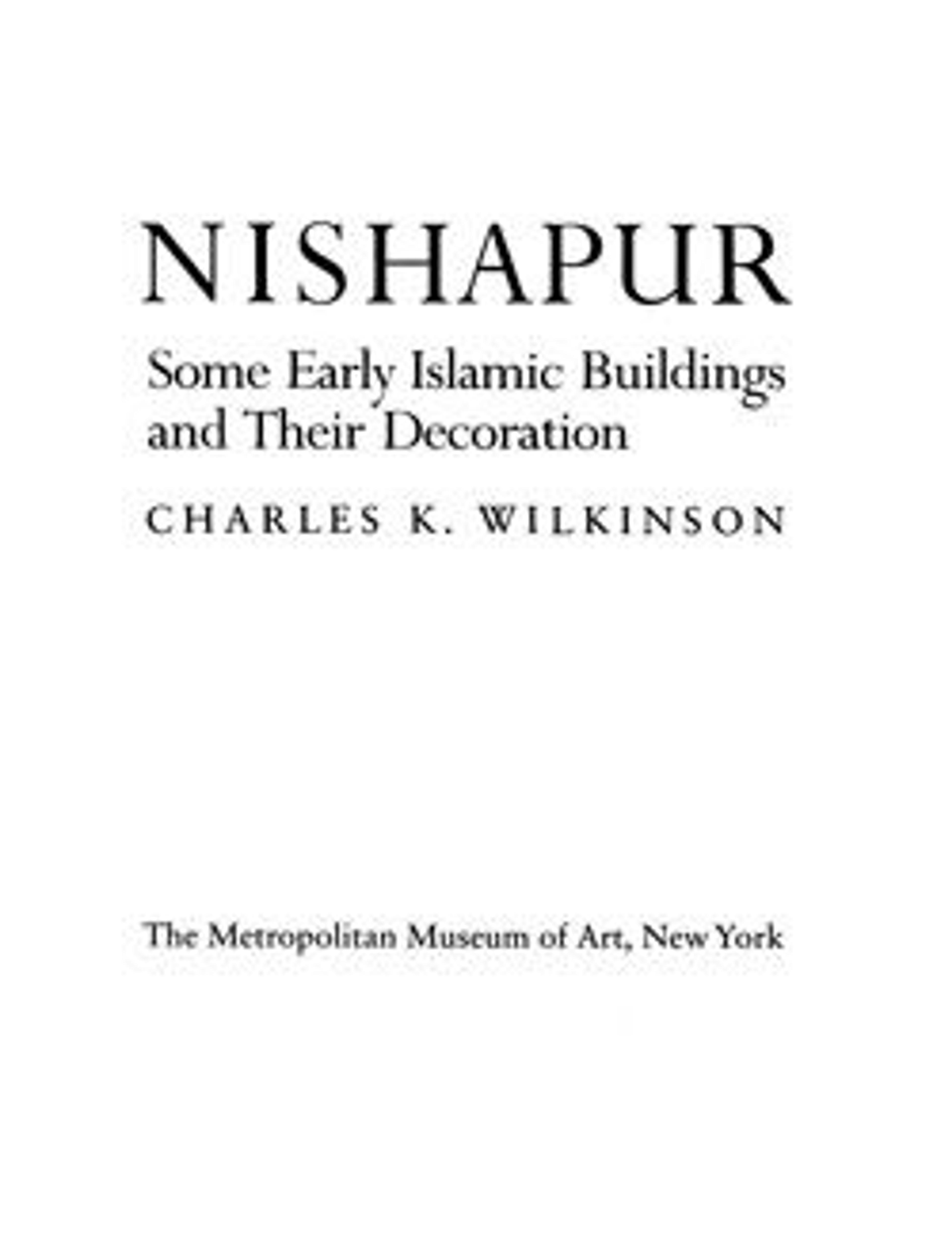Carved Stucco Panel from Between Two Arches
This large fragment was found in the rubble of a structure excavated at Nishapur in the mound known as Vineyard Tepe. Only a very small section of the mound was uncovered, but this revealed part of a grand building with substantial architectural ornamentation. It is likely that this building was destroyed by an earthquake in the year 1145 and never rebuilt.
The fragment itself reveals more about the form of the Vineyard Tepe building. Its shape suggests that it probably came from an arcade, or row of arches set atop columns. Here, the extrados (outer faces) of two arches are preserved, each decorated with a continuous band of blossoms flanked by half-palmette leaves. Several other arch fragments were found alongside this one in the same room. Given this evidence, it is possible that the space was originally domed or otherwise vaulted.
The fragment itself reveals more about the form of the Vineyard Tepe building. Its shape suggests that it probably came from an arcade, or row of arches set atop columns. Here, the extrados (outer faces) of two arches are preserved, each decorated with a continuous band of blossoms flanked by half-palmette leaves. Several other arch fragments were found alongside this one in the same room. Given this evidence, it is possible that the space was originally domed or otherwise vaulted.
Artwork Details
- Title:Carved Stucco Panel from Between Two Arches
- Date:10th century
- Geography:Excavated in Iran, Nishapur
- Medium:Stucco; carved
- Dimensions:H. 31 1/2 in. (80 cm)
W. 31 1/4 in. (79.4 cm)
D. 4 1/2 in. (11.4 cm)
Wt. 74 lbs. (33.6 kg) - Classification:Stucco
- Credit Line:Rogers Fund, 1940
- Object Number:40.170.440
- Curatorial Department: Islamic Art
More Artwork
Research Resources
The Met provides unparalleled resources for research and welcomes an international community of students and scholars. The Met's Open Access API is where creators and researchers can connect to the The Met collection. Open Access data and public domain images are available for unrestricted commercial and noncommercial use without permission or fee.
To request images under copyright and other restrictions, please use this Image Request form.
Feedback
We continue to research and examine historical and cultural context for objects in The Met collection. If you have comments or questions about this object record, please contact us using the form below. The Museum looks forward to receiving your comments.
